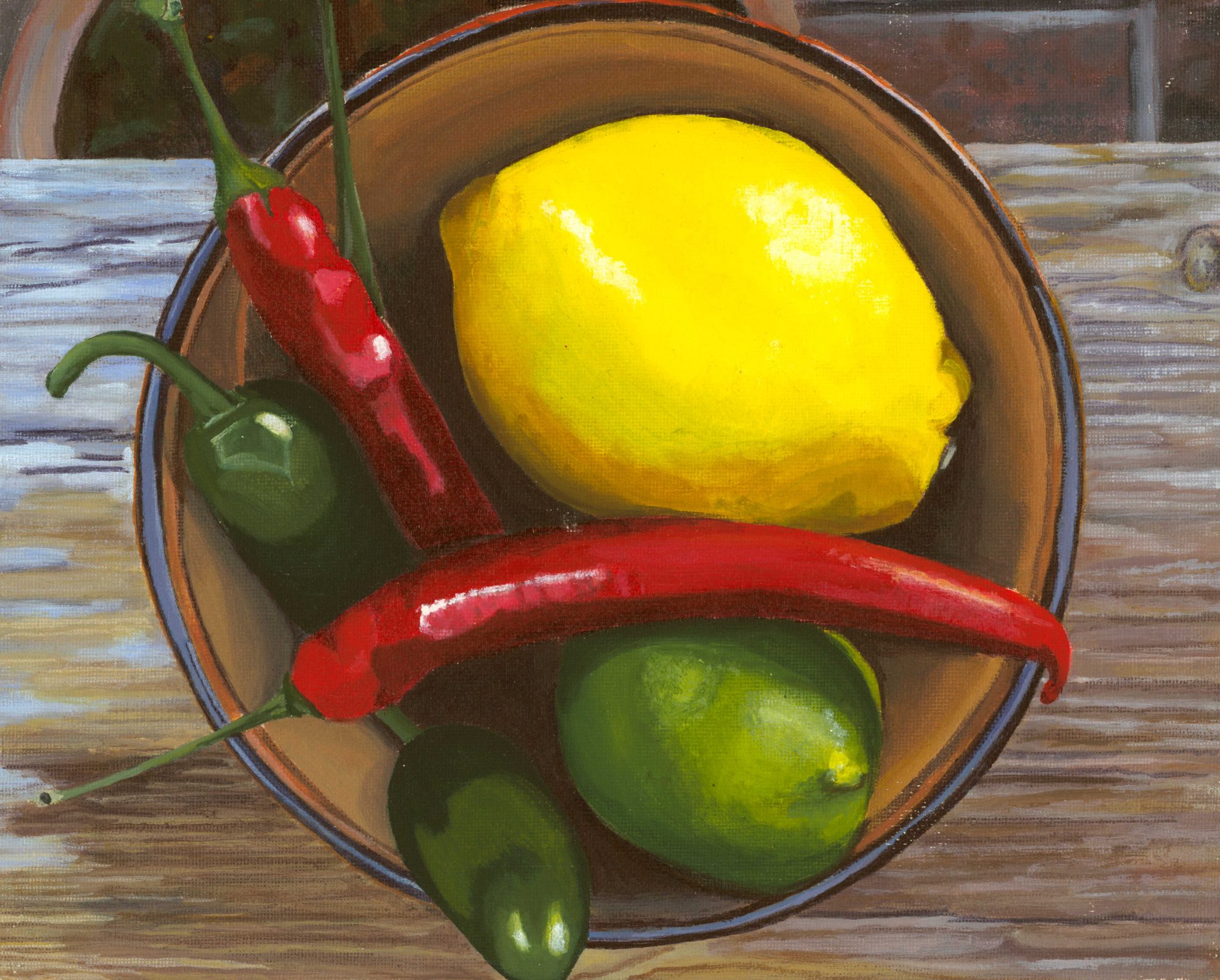Pop culture in post-Millennial Britain was largely snark in various formats. In the art world, Damien Hirst, Gilbert and George, Tracey Emin and Grayson Perry snarked at Canon, culture and collectors (but probably not their cash). Blur and Oasis snarked at each other in an incredibly niche culture war that seemed to hinge on clothing labels as much as anything else, for all the North\South, smug art school kids\common thug narrative that the press rung out of it. There were snarky chatshows, news columns, TV shows and magazines. It’s hard these days to convince people that snark existed in the wild before dark algorithmic rituals turned it into Twitter, but it did. Tony Blair lamented the snark and wanted everyone to be nice and sincere like they had been back in some mystical distant past, but then… well, joined a war despite a million people marching past his front door asking not to, so hardly gained the moral high ground there.
Bobbing along with the snark pack was a young Charlie Brooker, writing columns and reviews, making TV programs ; sarcastic and perceptive and bitterly funny. His public persona was that classic archetype of Britsnark: the smartarse – liked, admired, emulated and despised in various proportions by different audience segments, but relevant, employed and rarely ignored, with a range of projects that gave him options.
In 2011 came the first series of Black Mirror, and it paid homage to many things that Brooker had worked on or enthused about before (Brass Eye satire, schlock-horror Sci-fi, video games), but was also something fresh and distinctively itself, for all that its tag-line is usually along the lines of ‘The Twilight Zone on ketamine’. The move from Channel 4 to Netflix obviously did wonders for the effects and casting budgets but the storylines where still spun around the dreads and hopes of the modern world.
There are so many things I like about it: the spare atheistic of the writing; beautiful cinematography (the lighting); the variety and the cohesion. But the central premise of it all, the pivot around a moment when the viewer and characters understand that their threat perception has failed them, that they have reached a place with inescapable (often fatal) consequences whether they meant to or not, feels too close to some tipping point of reality to enjoy now. Which is not to say I won’t watch season six, when it lands, although I may not be laughing afterwards.
In an early publicity interview with someone probing the ‘dark techno-paranoia’ of the themes, Brooker said the shows were ‘about the way we might be living in 10 minutes time if we’re clumsy’.
Whoops.
